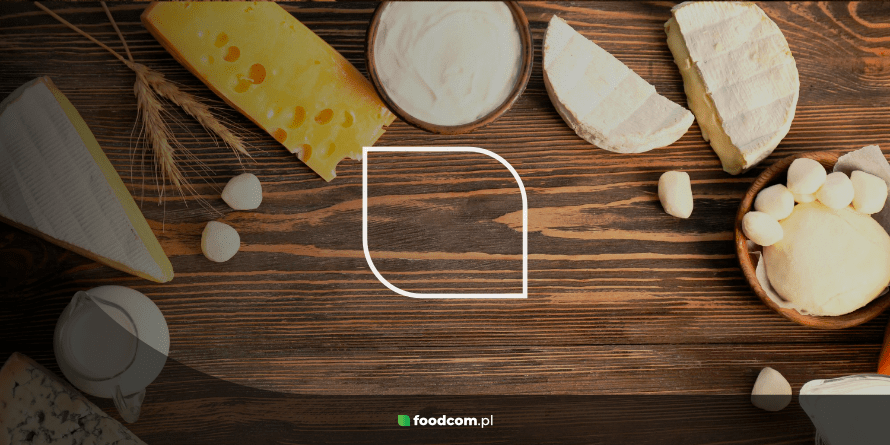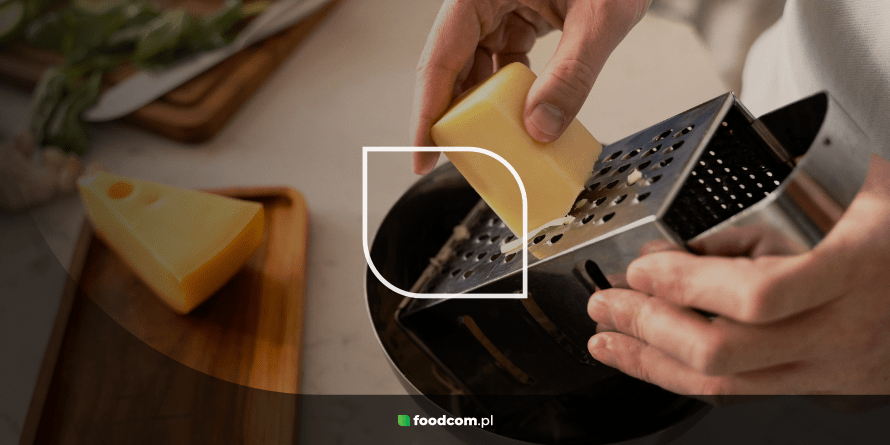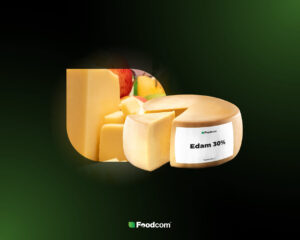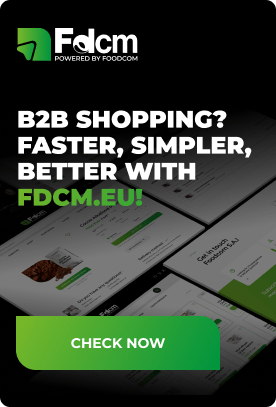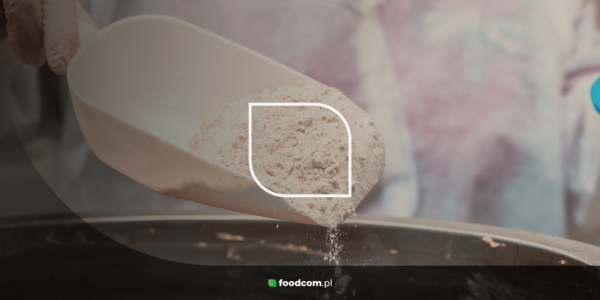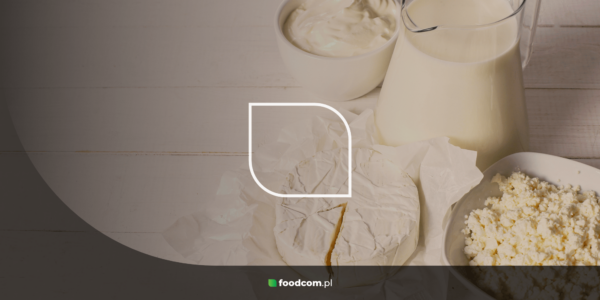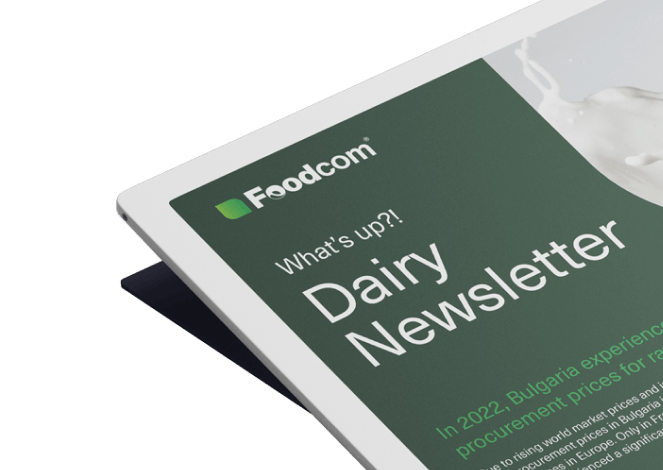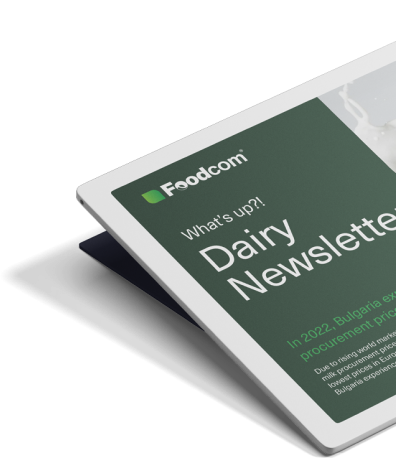- Dutch cheeses are among the most recognizable dairy products in the world, valued for their taste, high quality, and variety.
- The most popular are Dutch Gouda, Edam, and Mazdamer – each with a different texture and flavor profile.
- The Dutch cheese production process is based on tradition but is supported by modern technology and rigorous quality control.
The Netherlands has been famous for centuries for its cheese production, which is exported all over the world. A rich dairy tradition and favourable cattle breeding conditions have made Dutch cheeses a symbol of the country. By combining tradition with modern technology, the Dutch deliver products of consistently high quality – valued in the catering, retail and B2B sectors alike.
How is Dutch cheese made?
The production process of Dutch cheese combines artisanal methods with industrial precision. Here we can distinguish between stages such as:
- collection and standardisation of the milk – the cow’s milk is cooled, filtered and subjected to quality control for protein, fat and pathogen content;
- coagulation – rennet and bacterial cultures are added to the milk to initiate the lactic fermentation process and cause the milk to curdle;
- cutting and heating the curd – the rennet is separated from the resulting curd and the curd is cut into small grains and then heated, which affects the moisture content and texture of the cheese;
- moulding and pressing – the grains are placed in moulds where they are pressed to give the cheese the correct shape and structure (e.g. blocks, wheels);
- brining – immersing the cheese in brine improves its shelf life and flavour;
- ripening – can last from a few weeks to even several months, depending on the type. Three weeks are sufficient for mild cheeses (jonge kaas), 2-7 months for more flavourful cheeses (belegen kaas) and over a year for the harshest varieties (oude kaas).
The most popular types of cheese from the Netherlands
Dutch cheeses are products of varying hardness, fat content and intensity of flavour. The most popular of these are gouda, Edam, Mazdamer, Leerdammer, Old Amsterdam or Limburg cheese.
Gouda – a classic among cheeses
The best-known gouda cheese is a symbol of the Netherlands. Gouda accounts for more than half of Dutch cheese production. The cheese is characterised by its mild taste, creamy texture and universal application, which is why gouda dominates the tables of consumers and the commercial offer of dairy companies. Dutch gouda is available in many variants – from young to long-ripened, intensely flavoured. One of the best-known varieties is Old Amsterdam.
Edam – light and delicate
Edam 30% and Edam 40% are other iconic Dutch cheeses. They are characterised by a mild, slightly nutty flavour and a supple texture. Due to their lower fat content, they are appreciated by consumers looking for lighter cheeses.
Maasdam – cheese with holes
The unique Maasdam cheese is distinguished by its large eyes and sweet and nutty flavour. The characteristic holes in the cheese are the result of carbon dioxide-producing bacteria. Maasdam is a response to the popularity of Swiss Emmentaler-type cheeses, but retains its Dutch specificity. Maasdamer is ideal for sandwiches, casseroles and hot dishes.
Other Dutch cheeses
Although the Netherlands is mainly associated with gouda and Edam, other types of cheese are also worth mentioning. Examples include Leiden cheese with added caraway, semi-hard Leerdammer, smearable Limburger or local cheese varieties.
For comparison, it is also worth checking out what Cheddar cheese is? Although it originated in England, it is often paired with Dutch classics.
Distributors offer cheeses in many commercial forms to suit the requirements of different customers. These can include:
- large 15-20kg blocks – the most popular option for B2B sales;
- waxed coils – gouda and Edam are particularly found in this form;
- slices in packs – convenient in retail, for chain stores;
- small cubes or grated cheeses – most commonly for pizzerias and ready meal producers.
Dutch cheese in trade and catering
Cheeses from the Netherlands are valued in both the retail and hospitality sectors. Standardised quality, long shelf life, variety of flavours and formats and the availability of cheeses make it easy to tailor the range to the needs of the international market.
In which applications are Dutch cheeses used? These can be:
- retailing of cheese through retail chains – usually in the form of conveniently packaged slices or small pieces;
- ready-made food industry dishes (salads, convenience food);
- as an ingredient in pizzas, casseroles, burgers or sauces – gouda, in particular, which is characterised by even melting, works well here;
- catering – as an ingredient in sandwiches, burgers, breakfast sets (Edam is a popular choice here due to its mild taste and stability);
- hospitality – for serving in buffets, as part of cheese boards, in sandwiches and in premium salads (Mazdamer works well here, for example).
The cheese market – prospects for business
In international trade, Dutch cheeses account for a significant proportion of dairy exports – more than 900,000 tonnes of cheese are made in the Netherlands every year, of which more than 70% is exported. The Netherlands is one of the top five cheese exporters in the world (alongside Germany, France, Italy and the USA).
According to industry reports, global cheese production exceeds 22 million tonnes per year and the cheese market continues to grow, with forecasts indicating an increase of around 2-3% per year. Consumers are keen on products of proven quality and well-known origin, and Dutch brands have a worldwide reputation.
From the iconic Dutch gouda to Edam to the distinctive Maasdam, each type of Dutch cheese has its own unique characteristics and audience, so introducing cheese from the Netherlands is an attractive direction for business development. By buying cheese in bulk, you can optimise costs and ensure a stable supply. Foodcom, as a trusted partner, supports companies in selecting the right species and ensuring timely deliveries and consistent high product quality.

